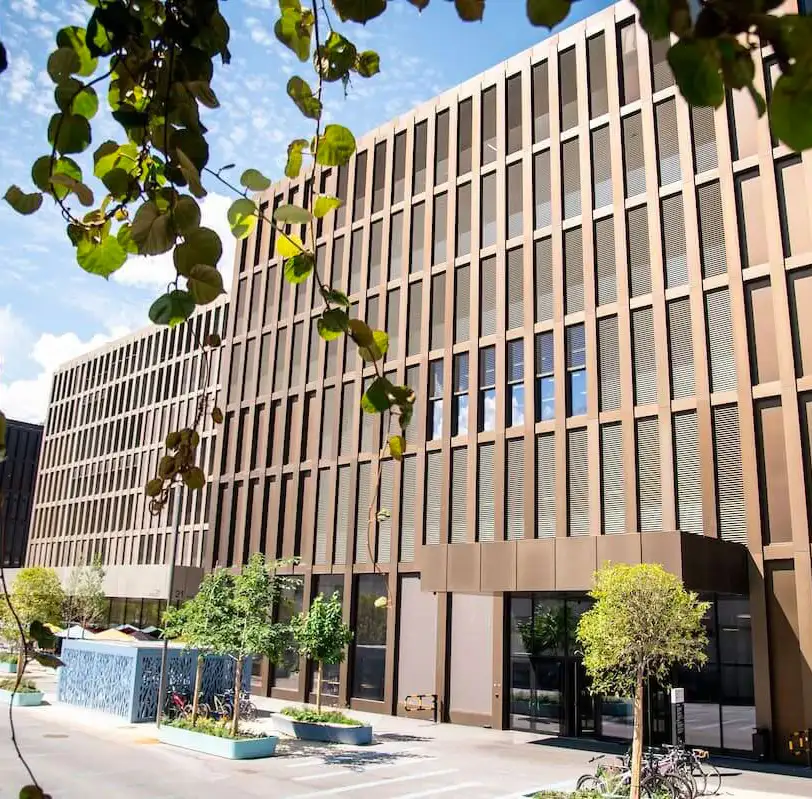CO2 anergy network
HES-SO Valais university campus, Sion

Presentation
ZERO-C, in collaboration with HES-SO Valais-Wallis, EPFL Valais Wallis, OIKEN and Exergo, has commissioned a heat and cold distribution network for the three HES-SO Valais-Wallis buildings on the Energypolis Campus in Sion. This is a world first, making it possible to recover CO2 while promoting the energy transition!
This concrete project is also an opportunity for ZERO-C to demonstrate its skills in the design, regulation and operation of this type of network, which could soon be developed in dense urban areas in Switzerland and elsewhere.
With this revolutionary installation, ZERO-C is breaking new ground in the field of solutions to promote the energy transition. The district heating demonstrator, inaugurated last June, is an interesting alternative to energy networks using water as the heat transfer fluid. The size of the pipes is greatly reduced. ZERO-C was responsible for designing the detailed plans, manufacturing and installing the substations and the power station, as well as the electrical cabinets and the overall control system.
Details
Expertises
Challenges
Proving that this new technology is not only a realistic response to energy challenges, but also has the potential to become the norm in urban environments.
Anergy networks provide an efficient heat supply. Replacing the water in a standard energy network with CO2 makes it even more efficient by providing a solution that requires less infrastructure and pumping energy, and therefore lower investment and operating costs. The CO2 energy network can therefore play an important role in the energy transition by accelerating the transformation of urban heating systems.
Types of equipment installed
A collection system
In most cases, an anergy loop is based on a geothermal resource. But a lake, groundwater or sewage can also be a good source of heat.
A shared system
An anergy loop links heat and cold consumers and producers. This project uses two tubes through which CO2 circulates in its gaseous and liquid phases. Each of the 3 buildings on the Energypolis Campus is connected to this loop, enabling energy to be exchanged between them.
A heat supply system
The anergy loop is connected to heat pumps (PAC), which recover heat from the environment (through the CO2 network connected to the water table) and enable temperature levels to be adapted. In this way, it is possible to connect to an anergy loop a building with a heating requirement of 50°C and another with a heating requirement of 30°C, by adapting the temperature set point of the heat pumps in each building.
A cold supply device
A heat exchanger transfers thermal energy from one fluid to another without mixing them. An exchange surface separates the fluids and maintains the characteristics of each fluid unchanged, apart from its temperature or state. Here, heat exchangers are used to export waste heat from buildings to the CO2 network, providing a cooling service.
Partners
HES-SO: responsible for project management and the link between the demonstrator and the buildings on the Energyolis campus
EPFL: involved in the development of a technology designed in its laboratories
ExerGo: responsible for developing and marketing the CO2 network concept
ZERO-C: responsible for the design, construction and regulation of power plant installations
OIKEN: responsible for the link between the demonstrator and the district cooling network